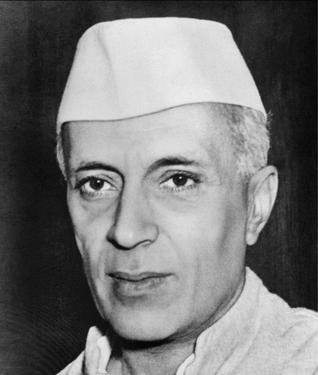 The funny thing about memories is that we remember what we remember. And those memories may not always be a true reflection of how things may have originally happened. What we live with are our versions of how things may have really happened. And this we tell ourselves is the truth.
The funny thing about memories is that we remember what we remember. And those memories may not always be a true reflection of how things may have originally happened. What we live with are our versions of how things may have really happened. And this we tell ourselves is the truth.
One abiding memory that I have from my childhood is that of my father buying lottery tickets. I don’t remember how often he did it. Neither do I remember how long he did it for. But I do remember that there was a time when he used to buy lottery tickets regularly. And in my version of this memory, I remember him beaming on days he used to buy a lottery ticket. He looked genuinely happy on those days.
And all these years later, I wonder why he smiled on the days he bought a lottery ticket, given that he never really won anything. Of course, I did not understand the reason back then, but now with some understanding of why people behave in a certain way, I do.
As John Kay writes in Other People’s Money: “A lottery ticket, which millions of people buy each week, is a wager. Cynics have advised that you would do well to buy your ticket at the last minute, because otherwise the probability that you will die before the draw is greater than the probability that you will win the headline prize.”
Jokes apart, why do individuals actually buy lottery tickets, given that the probability of winning the big-prizes on offer on any lottery, is very low. Only a few people out of the millions who buy lottery tickets regularly, are likely to win the top prize.
Psychologist Daniel Kahneman explains this in Thinking, Fast and Slow: “The possibility effect…explains why lotteries are very popular. When the top prize is very large, ticket buyers appear indifferent to the fact that their chance of winning is minuscule.”
The point being that unless you buy a lottery ticket you have no chance of winning. As Kahneman points out: “A lottery ticket is the ultimate example of the possibility effect. Without a ticket you cannot win, with a ticket you have a chance, and whether the chance is tiny or merely small matters little. Of course, what people acquire with a ticket is more than chance to win; it is the right to dream pleasantly of winning.”
And that I guess explains my father’s beaming face every time he bought a lottery ticket. In fact as Kahneman puts it: “Buying a ticket is immediately rewarded by pleasant fantasies…The actual probability is inconsequential; only the possibility matters.”
In fact, promoters, companies and governments (as is the case in India and other parts of the world) which sell lottery tickets, understand this fact very well. As Kay writes: “Promoters have learned through experience how to design an attractive lottery product. A few very large prizes establish the dream. A large number of very small prizes encourage customers to maintain the belief that ‘It could be you’.”
This structure of the lottery also explains why people keeping going back to buying tickets even though their chance of winning the big prize is close to zero. As Kay points out: “When lottery patrons lose, as they mostly do, they can sustain the dream by promising themselves that they will buy a ticket again next week. ‘It could be you’ was the well-judged slogan with which Britain’s national lottery was launched.”
So, the story and the hope of winning a big lottery continues among millions of people all over the world. And it is hope which makes a dull and dreary life, liveable at the end of the day. If that means buying a lottery ticket, then so be it.
(Vivek Kaul is the author of the Easy Money trilogy. He tweets @kaul_vivek)
The column originally appeared in the Bangalore Mirror on Oct 7, 2015



